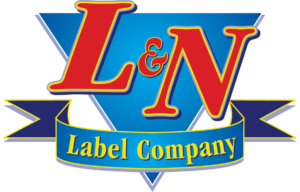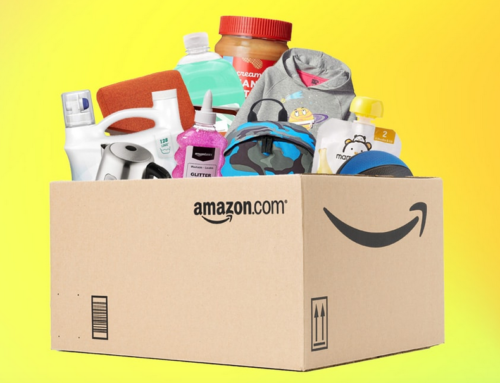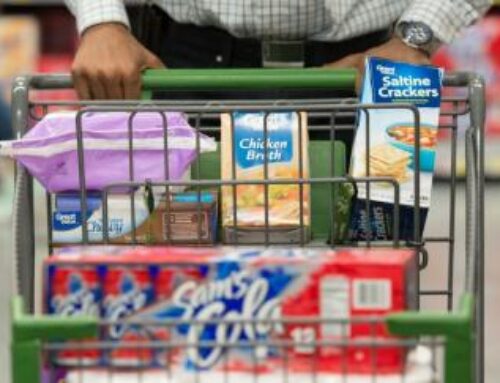Sustainable products have a reputation for coming with a high price tag. Not only are the materials used to build sustainable packaging seen as more expensive than their nonbiodegradable alternatives, but businesses also worry that the quality and strength of the packaging itself suffers when made from eco-friendly material.
However, many companies are switching to biodegradable packaging despite its perceived challenges. Sustainable packaging has advanced to the point where biodegradable products perform just as well — if not better — than non biodegradable alternatives, and consumers are willing to reward a business that does its part to protect the environment. Not to mention, switching to sustainable packaging plays an invaluable role in reducing a business’s carbon footprint.
As a result, businesses are increasingly embracing green packaging practices — especially retailers who want to set their private label products apart from the brands they stock. To start implementing these packaging practices, businesses must find a high-quality, durable, eco-friendly label for the product.
What Makes a Label Eco-Friendly?
Not all labels efficiently break down when discarded by consumers; labels must satisfy some important criteria before they’re certified as eco-friendly. To ensure your product labels are as green as possible, make sure to:Use recycled materials. Whether the labels are constructed from post-consumer materials or composed of byproducts from other manufacturing processes, labels made from recycled material help divert the amount of waste heading to landfills. Using recycled materials also reduces the amount of energy that it takes to construct labels and other products.
Employ green manufacturing processes. Many label manufacturing companies use specialized processes that render plastic and other materials more efficiently biodegradable. Some businesses also use specialized adhesives to make labels more easily separable from their packaging in an effort to enhance recycling process efficiency.
Incorporate renewable materials. Many companies use renewable resources like wheat, corn, and other starchy materials to make polylactic acid (PLA), a biodegradable adhesive that can act as an alternative to fossil fuel-based compounds. Other businesses replace tree-based papers with those made from bamboo, cotton, or sugarcane, which grow much more quickly than trees while producing the same level of quality in the end product.
Leading Brands Are Switching to Eco-Friendly Labeling
Growing consumer interest in reducing our collective carbon footprint has inspired many high-profile, recognizable brands to switch to green labeling practices.
Walmart and Sam’s Club are making a big move toward recyclable packaging. These big-box stores have pledged to use environmentally friendly labels on all their private-label products by 2025. This will result in more sustainable packaging for more than 30,000 products, and the company hopes that its actions will set the standard for its industry peers.
Colgate–Palmolive has committed to using 100% biodegradable packaging for all its products by 2025. The brand also aims to use 25% recycled material when developing its plastic packaging. In doing so, Colgate–Palmolive seeks to reduce the amount of plastic packaging that regularly ends up in landfills and waterways.
Another corporation that’s boldly shifting to recyclable packaging is Aldi. The grocery chain recently announced a plan to switch all packaging to recyclable, reusable, or compostable material by 2025.
By next year, Aldi-brand packages will have How2Recycle labels, which instruct customers on how to properly recycle their products. Because over 90% of the products Aldi carries are privately labeled, this practice will hugely impact the amount of waste the chain produces.




